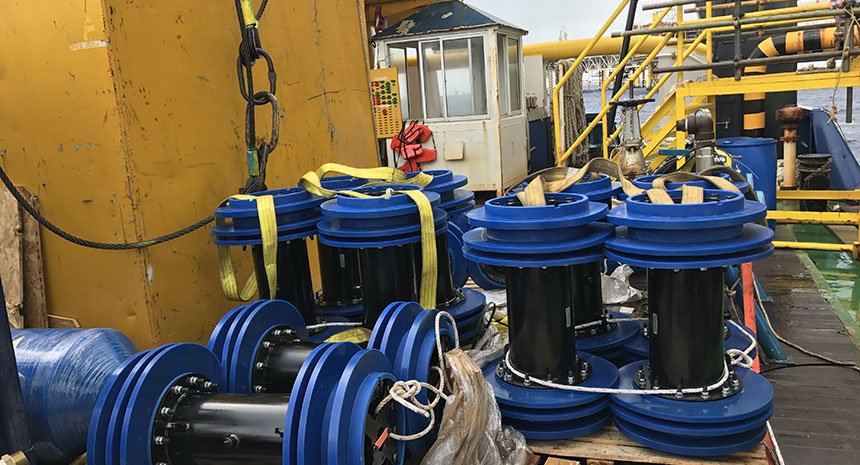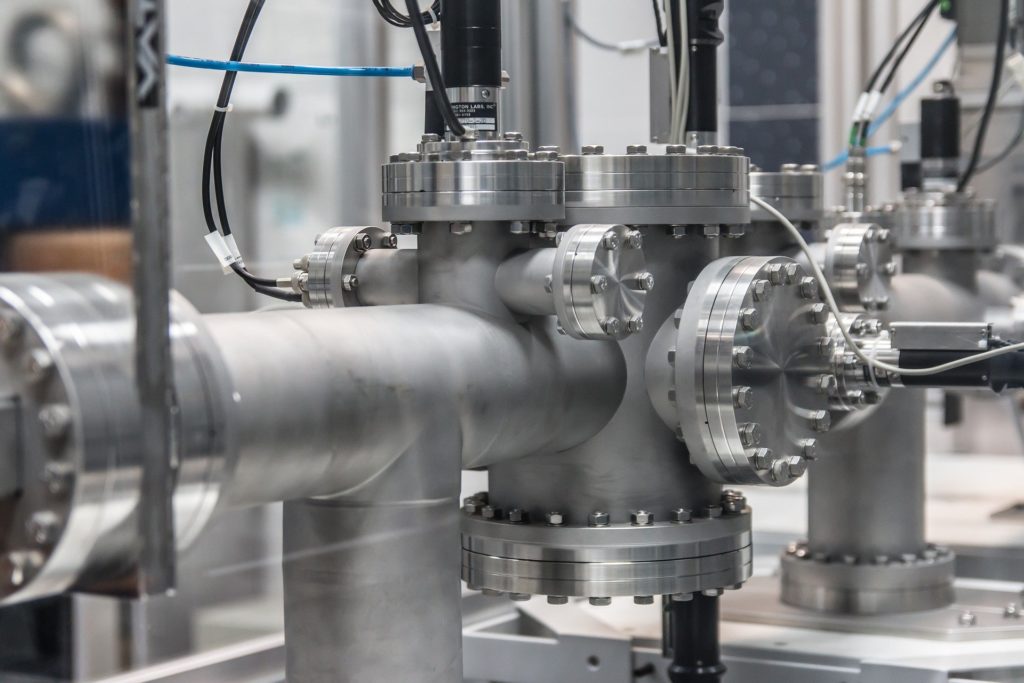- Home
- About
- Services
- Air Blow Cleaning Services
- Oil Filtration Services
- Chemical Cleaning
- Filters & Breathers
- Fluid Reconditioning Services
- Hydraulic System Decontamination
- Hydrolazing
- Hydrostatic Testing
- Oil Flushing
- MHC & EHC Flushing
- Reservoir and Tank Cleaning
- Steam Blowing
- Varnish Mitigation & Removal
- Additional Services
- Equipment Fleet
- Our Brands
- Projects
- Get A Quote
- Contact
What is Pre-Commissioning and What Does it Include?
Pre-commissioning is a critical project phase that takes place following the construction of piping and process systems, but before those process products are introduced into the systems. The purpose of pre-commissioning is to safeguard the integrity of your systems and ensure they don’t have debris or contaminants that can damage equipment and delay system startup.
Pre-commissioning:
- Helps ensure project ROI
- Reduces startup delays
- Ensures the operability of critical equipment, which maximizes system uptime
In this post, we cover the most common pre-commissioning methods for cleaning your system of mill scale, debris and other contaminants. It’s important to note, when you enlist a service provider to handle pre-commissioning for your system, these techniques should be customized to your system.
Air Blow Cleaning
- In air blowing, air is pumped through your system at more than 1.5 times PSI above normal operation, creating a drag force that removes debris
- The process involves specialty equipment to pressurize the system, including: air receivers, quick-opening valves, oil-free, dry compressed air and fittings and hoses
- Once pressurized, stored energy pushes out debris in a controlled manner so it doesn’t damage expensive equipment downstream
- Air blowing is the simplest, fastest, and least expensive cleaning method
Learn more about our air blowing services.
Steam Blow Cleaning
- Steam blows are necessary for most steam lines and turbine systems
- In this process, high-pressure steam is blown through temporary piping toward steam receivers to remove debris, usually at 1.2 times PSI above normal operation
- There are multiple approaches to steam blows, including the puffing method and the continuous blowing method
- There are significant noise and temperature hazards that require a strong process to control — learn more in this article
Learn more about our steam blowing services
High-Velocity Oil Flushing (HVOF)
- All rotating equipment must be cleaned and prepared before going into operation
- For large-scale operations, a high-velocity oil flush (HVOF) is the most common method
- In this approach, lube oil is run through your systems and filtered out, bringing contaminants with it
- This requires system and turbulent flow analysis as well as a detailed flushing plan to ensure success
- System cleanliness is proven using automatic particle counters or manual microscope analysis on filter paper, depending on the system
Hydrostatic/Leak Testing
- Following cleaning of tanks, piping and vessels, it’s crucial to test the system’s structural integrity and ensure there aren’t leaks
- This can include pneumatic testing, hydrotesting, helium leak detection and other approaches
Learn more about hydrostatic testing services
Chemical Cleaning
- Chemical cleaning is used on pipe systems to remove surface contaminants
- It dissolves soluble debris and absorbs them into a solution
- It’s crucial to get this procedure right, as without proper planning, filtration and removal, it’s easy to leave debris behind
- It’s particularly important to select the correct, OEM-approved cleaner for your system
Learn more about the chemical cleaning process from this guide
Fluid Pumping
- High-velocity flushing can also be used on large bore piping to remove debris
- The same approach is used for boiler feed water flushing, glycol flushing and water flushing
Dewatering
- Dewatering is the process of removing water from solid material
- There are several approaches, including: centrifugation, filtration and other liquid separation approaches
- Dewatering is a simple process, but must be handled with care in order to protect the environment from unexpected spills
System Filtration
- Many pre-commissioning services require filtration
- One approach is to set up a slip stream on a live system
- Sometimes, if heavier-duty filtration is required, it’s necessary to connect external filters full bore into the system
Selecting a Pre-Commissioning Service Provider
As pre-commissioning is such a crucial part of a project process, it’s best to use a professional services provider. We recommend selecting a professional partner to:
- Design, manage and execute pre-commissioning strategies
- Achieve cost-effectiveness, scheduling, quality and reduction of project risk
- Bring experience, knowledge and integrity
- Have an experienced, professional team of field staff
- Have experience working with companies like yours
At RIG, we take pride in delivering excellent pre-commissioning services and ensuring our clients’ success.



